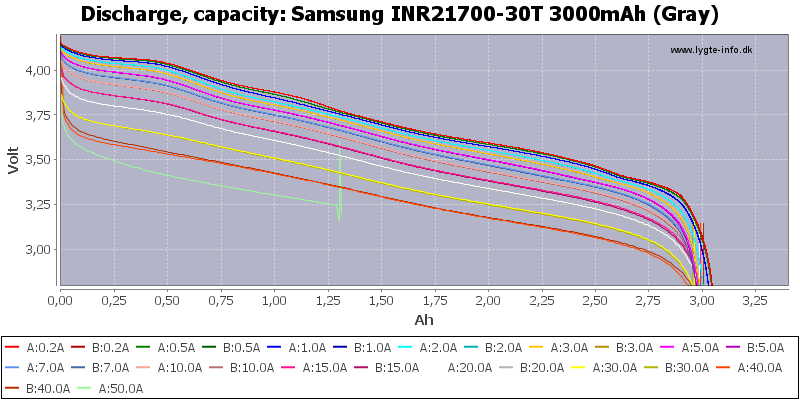So last year I bought 10 18650's that I have been using. I generally use around 3 batteries a day, charge the used ones, and put them back into the que to be used after all the others have been used. So for the ten batteries on average every week are being used and charged .7 times a week. I had plans on replacing all 10 batteries after the year mark.. Well the year mark is coming around and I ended up purchasing 15 new batteries but the question I had was, how often do people replace their batteries? All my old batteries still hold charges and vape fine, I have 20amp, 25amp, and 30amp batteries that are never used or pulsed in their continues ratings. So if I had a 25amp build I would always use 30amp batteries so as not to damage them. I have never drained a single battery below 3.7v and will sometimes charge them when they still read between 3.8-3.9v
Is there a way to test if the batteries still perform like new? Such as charging it and checking its voltage after a certain amount of weeks or something? Or using it with a known ohm and amperage and tracking down how many puffs I have? Or should I just not worry about it and throw them out and start using my new ones? I would rather be safe than sorry and the cost of throwing away batteries every year is worth not having a catastrophic failure but I would like to know others opinions on how often they replace their 18650's.
The batteries I use are: LGHE4, LGHD4, and LGHG2, and LGHB6 so no re-wrapped brands.
Is there a way to test if the batteries still perform like new? Such as charging it and checking its voltage after a certain amount of weeks or something? Or using it with a known ohm and amperage and tracking down how many puffs I have? Or should I just not worry about it and throw them out and start using my new ones? I would rather be safe than sorry and the cost of throwing away batteries every year is worth not having a catastrophic failure but I would like to know others opinions on how often they replace their 18650's.
The batteries I use are: LGHE4, LGHD4, and LGHG2, and LGHB6 so no re-wrapped brands.




